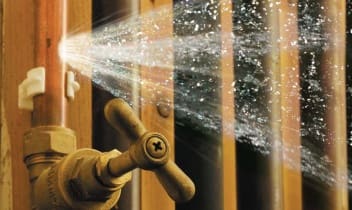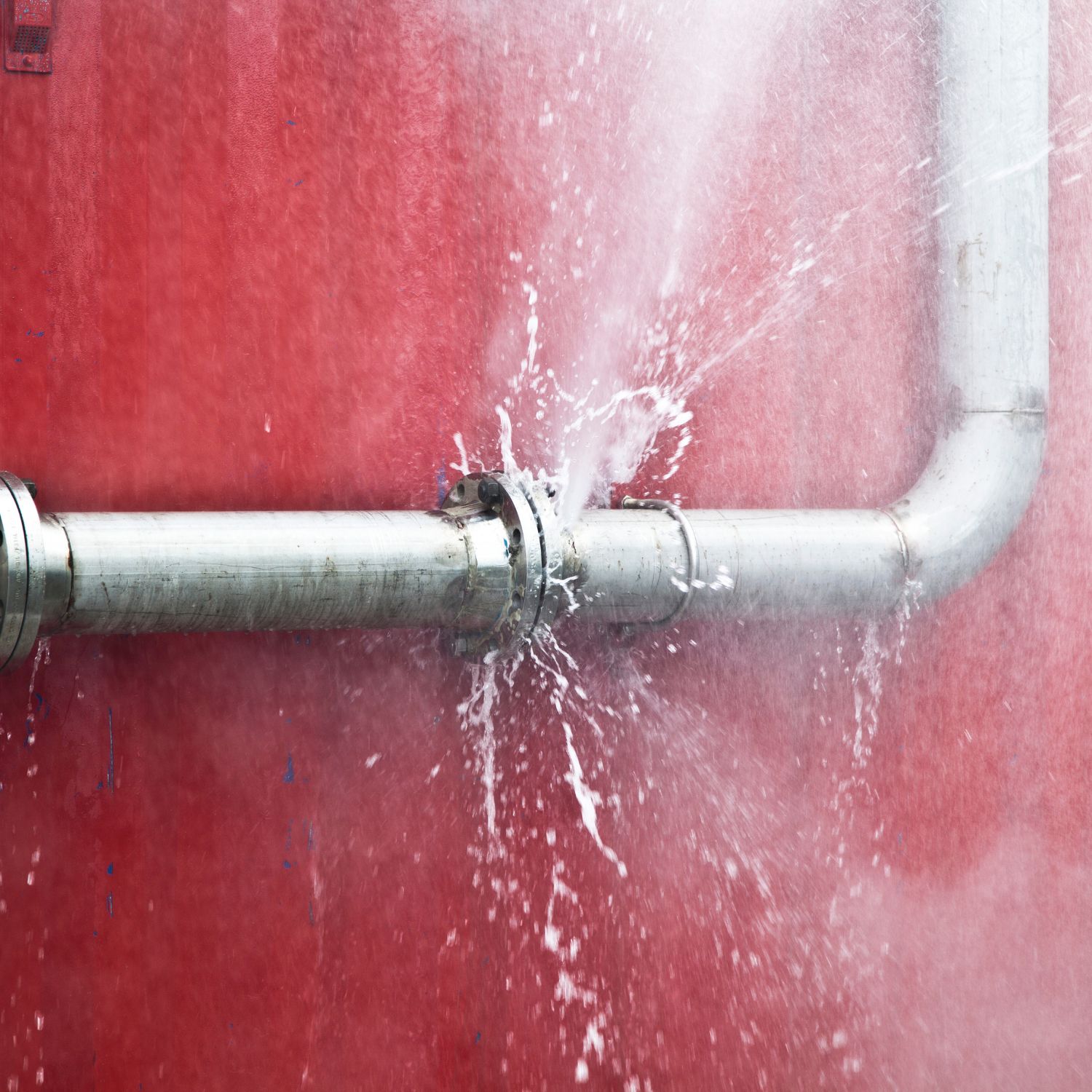What to Do When a Burst Pipe Causes Water Damage in Your Home
What to Do When a Burst Pipe Causes Water Damage in Your Home
Blog Article
Avoiding Burst Pipes: Necessary Tips to Shield Your Plumbing
Stopping ruptured pipes is a crucial concern for home owners, particularly during colder months when the risk of cold is heightened. Executing strategic actions such as correct insulation, regular examinations, and preserving consistent interior temperatures can considerably decrease the probability of pipeline failure. In addition, recognizing emergency situation procedures outfits property owners to react promptly to potential plumbing issues. Many are uninformed of the certain susceptabilities that their pipes might face. Exploring these vulnerabilities can supply invaluable insights right into securing your plumbing system efficiently.
Understand Pipe Vulnerabilities
Understanding pipe susceptabilities is vital for effective plumbing upkeep and avoiding pricey damage. Numerous aspects add to the sensitivity of pipelines to bursts, including product structure, age, and ecological problems. Older pipelines, particularly those made from galvanized steel or polybutylene, usually weaken with time, causing boosted risk of ruptures and leakages.
Temperature changes can also dramatically influence pipe honesty. In cooler climates, water entraped in pipelines can ice up, exerting and broadening stress on the pipe wall surfaces, which may ultimately result in a ruptured. High water stress can stress pipelines, especially at joints and bends, heightening the likelihood of failure.

Insulate Pipes Appropriately
Proper insulation of pipelines is critical for protecting against cold and succeeding bursts during cool weather condition (burst pipe). Protecting your plumbing system successfully safeguards against temperature level goes down that can lead to expensive damages. Begin by identifying at risk areas where pipelines are revealed to outdoor temperatures, such as cellars, attic rooms, and exterior walls
Use foam pipeline insulation sleeves or wrap insulation tape around these areas to provide a protective obstacle. Make sure that all areas of the pipes, particularly those with minimal heat exposure, receive adequate insulation. Pay special interest to joints and fittings, as these are extra susceptible to freezing.
When protecting, it's important to choose products that fulfill regional building codes and are proper for the details atmosphere. As an example, fiberglass insulation is usually advised for its thermal resistance residential properties - burst pipe. In addition, think about utilizing heat cable televisions or tape in extreme problems, which can be connected in to offer supplemental heat
Frequently check protected pipelines for any indications of wear or damages, as jeopardized insulation can diminish its effectiveness. By taking these aggressive measures, you significantly minimize the risk of pipe bursts, making sure a reputable plumbing system throughout the winter season.
Maintain Regular Temperature
A stable indoor temperature is important for preventing burst pipelines throughout the cold months. When temperature levels drop, water within pipes can freeze, broadening and producing pressure that may inevitably cause the pipes to ruptured.Using a programmable thermostat can assist handle indoor temperature levels successfully, making sure that spaces with pipes stay warm even when the residence is unoccupied.
This small flow of water can prevent freezing by alleviating stress within the pipelines. By implementing these approaches, home owners can considerably lower the threat of pipe bursts and safeguard their plumbing systems versus the extreme winter season aspects.
On A Regular Basis Inspect Plumbing
Routine examinations of pipes systems are important for protecting against ruptured pipes and preserving total home integrity. Routine read this post here checks permit property owners to recognize prospective concerns prior to they intensify right into expensive repairs or significant water damages. During these inspections, it is necessary to check out visible pipelines for indicators of deterioration, leaks, or wear. Pay special interest to locations susceptible to freezing, such as cellars, attic rooms, and outside wall surfaces.
Additionally, examining joints and links is important, as these factors are usually susceptible to leakages. Homeowners need to likewise evaluate water pressure levels, as extreme pressure can stress the pipes system and enhance the threat of pipe ruptureds.
Take into consideration organizing professional pipes assessments this article at least once a year, particularly before winter season, to ensure your system is prepared for chillier temperature levels. By being positive in your strategy, you can safeguard your home against the disruptive and pricey consequences of burst pipes.
Know Emergency Procedures
Recognizing emergency situation treatments is crucial for every single homeowner, especially after performing regular plumbing evaluations. Being prepared for a plumbing emergency can considerably reduce damages and conserve expenses. Situate your main water shut-off shutoff; it is typically discovered near the water meter or where the my explanation major line enters your home. Acquaint yourself with its operation, as shutting down the water system promptly can avoid substantial flooding.
Next, maintain necessary devices handy. A pipes emergency situation kit need to include a wrench, bettor, and towels, in addition to a flashlight and a bucket for small leakages. In addition, think about having the get in touch with details for a trusted plumbing technician conveniently offered, should the scenario intensify past your control.
If you detect a leakage or burst pipeline, quickly switch off the supply of water and inform your plumbing technician. Document the damages with photographs for insurance coverage purposes. Recognize the signs of potential pipes problems, such as uncommon water stress changes or damp places on walls
Inevitably, aggressive expertise and quick activity are crucial in managing plumbing emergencies, guaranteeing your home stays secured and minimizing potential damages.

Final Thought
Finally, preventing ruptured pipelines requires a diverse technique that includes understanding pipe vulnerabilities, proper insulation, keeping constant indoor temperatures, normal examinations, and understanding of emergency situation treatments. By implementing these important methods, the risk of plumbing failings can be dramatically lowered, thereby guaranteeing the longevity and performance of the plumbing system. Proactive actions not just protect against possible damage however additionally add to general water conservation and the security of residential or commercial property.
In cooler climates, water entraped in pipes can ice up, putting in and broadening stress on the pipeline wall surfaces, which might ultimately lead to a burst. When temperature levels decline, water within pipelines can ice up, increasing and developing stress that may inevitably trigger the pipes to burst. By executing these methods, homeowners can significantly lower the danger of pipe ruptureds and safeguard their pipes systems versus the harsh wintertime elements.

Report this page